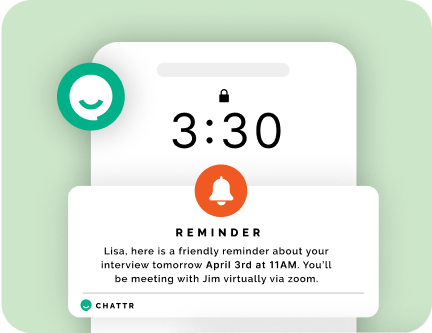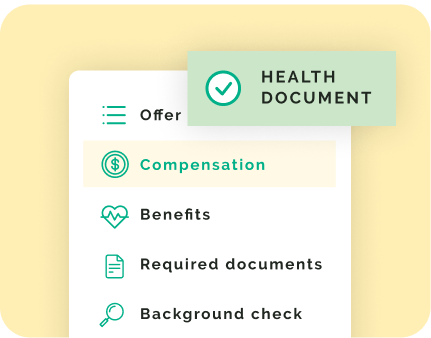As a business owner or hiring manager, you know that one of the most important aspects of keeping your company running smoothly is making sure you have enough staff on hand to meet customer demand. But forecasting your payroll needs can be daunting, especially as your business grows and changes over time.
Luckily, data is your friend when it comes to forecasting payroll. By tracking your sales data and using it to anticipate customer demand, you can get a good idea of how many staff you’ll need – and when you’ll need them – in the future.
Here are three ways to use your business’s sales data to forecast your hourly payroll needs:
1. What is the average sales volume for your business over the past few months/years?
The average sales volume for a business can be determined by looking at the past few months or years of sales data. This data can help you anticipate future customer demand and staff needs.
To calculate the average sales volume, add the total sales for the past few months or years, and divide by the number of months or years. This will give you an idea of how much your business makes each month or year on average.
If you’re unsure where to find your sales data, it may be included in your business’s financial reports. You can also contact your accountant or bookkeeper for help locating this information.
Once you have the average sales volume for your business, you can use it to budget your payroll expenses. You’ll need to determine how many staff you’ll need to meet customer demand and then calculate how much it will cost to pay them.
You may also want to consider creating a budget for your payroll expenses to stay within your desired range. Using your average sales volume as a guide, you can ensure that your payroll expenses are always in line with your business’s income.
2. How does this sales volume correlate to your payroll expenses?
Sales volume is not the only factor that determines payroll expenses. Other factors such as several employees, hourly wage rates, and benefits costs must also be considered. However, sales volume is a good starting point for forecasting payroll needs.
If your sales volume increases, you’ll likely need to hire more staff to keep up with customer demand. And if your sales volume decreases, you may need to lay off some staff.
You’ll need to adjust your staffing levels to keep your payroll expenses in line with your sales volume. Here are a few tips:
– Keep a close eye on your sales data and adjust staffing levels as needed
– Hire seasonal staff during peak periods when sales are highest
– Use technology to help you automate tasks and reduce the need for additional staff
By using your business’s sales data to forecast your hourly payroll needs, you can ensure that your payroll expenses stay within budget.
3. What strategies can you put in place to ensure that your payroll expenses stay within budget based on your current sales volume?
Forecasting payroll expenses can be tricky, but it’s essential to stay within your budget. Here are a few tips for ensuring that your payroll expenses stay in line with your sales volume:
1. Keep accurate records of your sales volume and payroll expenses over time. This will help you to identify any trends and make more accurate predictions in the future.
2. Compare your average sales volume to your average payroll expenses. You may need to hire more staff if your sales volume is consistently higher than your payroll expenses. However, if your sales volume is lower than your payroll expenses, you may need to find ways to reduce costs.
3. Consider hiring temporary or contract staff instead of full-time employees whenever possible. This can help to keep your payroll expenses under control, especially when business is slow.
4. Negotiate better rates with your current suppliers or service providers. This can help reduce overall costs and save more money for payroll expenses.
5. Make a plan for when and how you will increase staff as your business grows. This will help ensure that you’re prepared for future growth and don’t overspend on payroll expenses.
Final Thoughts
Forecasting your payroll needs can be daunting, but with the help of data, it can become much easier. By tracking your sales data and using it to anticipate customer demand, you can get a good idea of how many staff you’ll need – and when you’ll need them – in the future.
To learn more about using data to forecast your payroll needs, speak with a Chattr representative today. Our conversational AI technology can help streamline your hourly hiring process, making it easier than ever to find the right staff for your business.















